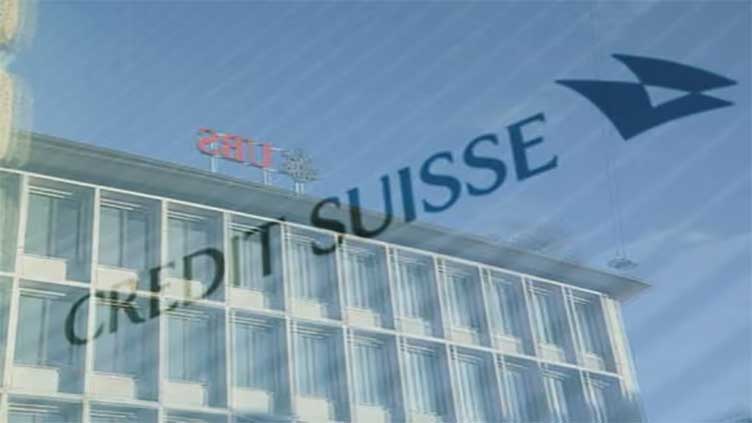Explainer: What are AT1 bonds and why are Credit Suisse's wiped out?

Business
Explainer: What are AT1 bonds and why are Credit Suisse's wiped out?
LONDON (Reuters) - Financial markets have been thrown a fresh curve ball by the decision to write down 16 billion Swiss francs ($17.5 billion) of Credit Suisse bonds, known as Additional Tier 1 or AT1 debt, to zero as part of a forced rescue merger with UBS (UBSG.S).
Under the deal, holders of Credit Suisse AT1 bonds will get nothing, while shareholders, who usually rank below bondholders in terms of who gets paid when a bank or company collapses, will receive $3.23 billion.
The news has hurt AT1 bonds issued by other European banks and they came under fresh selling pressure on Friday.
Here are some of the implications of the Credit Suisse AT1 bond write-down.
WHAT IS AN AT1 BOND?
AT1 bonds - a $275 billion sector also known as "contingent convertibles" or "CoCo" bonds - act as shock absorbers if a bank's capital levels fall below a certain threshold. They can be converted into equity or written off.
They make up part of the capital cushion that regulators require banks to hold to provide support in times of market turmoil.
They are the riskiest type of bond a bank can issue and so carry a higher coupon.
If AT1s are converted into equity, this supports a bank's balance sheet and helps it to stay afloat. They also pave the way for a "bail-in", or a way for banks to transfer risks to investors and away from taxpayers if they get into trouble.
WHAT HAPPENED TO CREDIT SUISSE AT1S?
AT1s rank higher than shares in the capital structure of a bank. If a bank runs into trouble, bondholders will rank above shareholders in terms of getting their money back.
In Switzerland, the bonds' terms state, however, that in a restructuring, the financial watchdog is under no obligation to adhere to the traditional capital structure, which is how bondholders lost out in the Credit Suisse situation.
Credit Suisse AT1 holders, therefore, are the only ones not to receive any kind of compensation. Under the rescue deal, they rank lower than shareholders in the bank, who can at least get UBS' takeover price of 0.76 Swiss francs ($0.8191) per share.
WHO RANKS HIGHER?
European regulators said on Monday they would continue to impose losses on shareholders before bondholders.
Separately, the Bank of England also said that Britain had a clear statutory order in which shareholders and creditors of failed banks bear losses, with AT1 instruments ranking ahead of other equity instruments and behind tier two bonds in the hierarchy.
Hong Kong and Singapore's central banks said on Wednesday they would stick to the traditional hierarchy of creditor claims if a bank was to collapse in their jurisdictions.
It is not the first time that the treatment of AT1 bonds in a bank overhaul has caused controversy. A dispute over the write-off of around $1 billion of AT1 bonds issued by India's Yes Bank (YESB.NS) in March 2020 after the Reserve Bank of India initiated a restructuring of the lender is currently subject to court proceedings.


